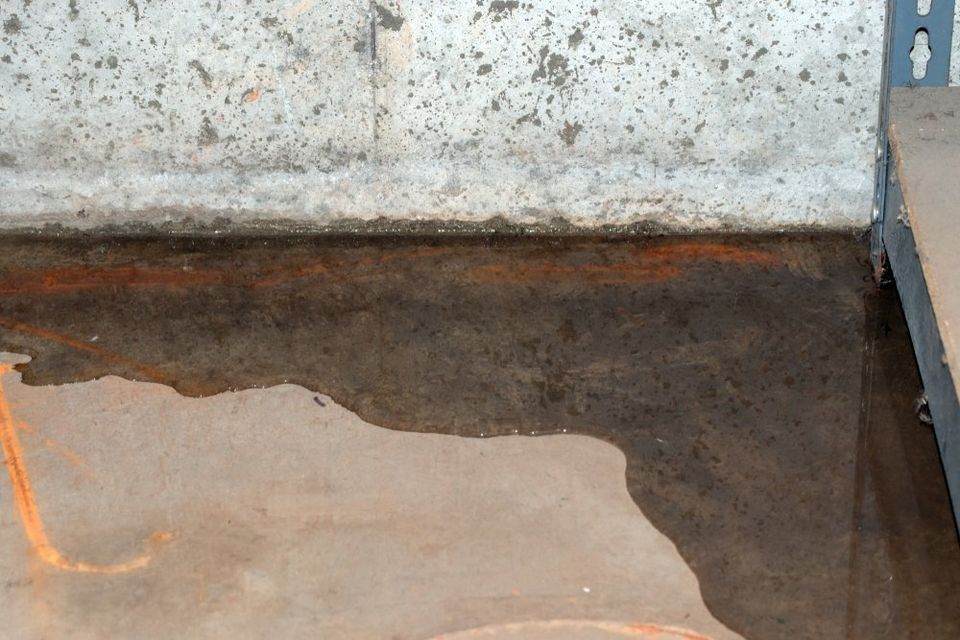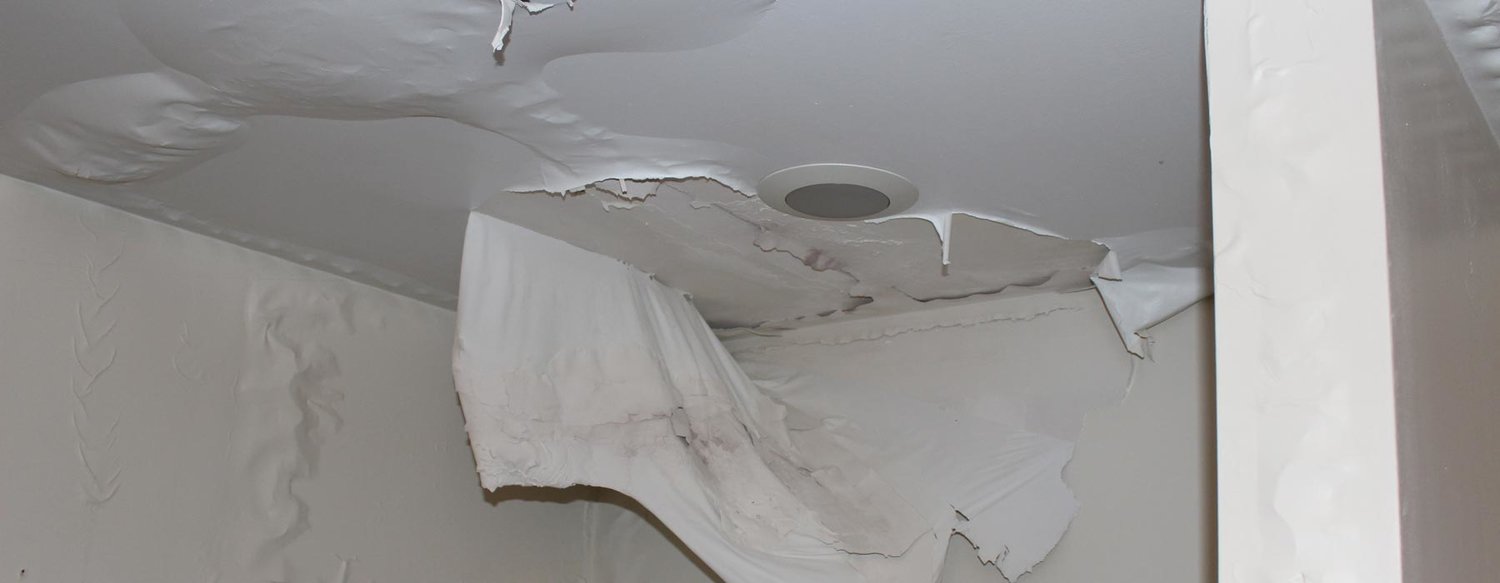The writer is making a few great points related to Preventing Fires and Water Damage In Your Home as a whole in this post underneath.

Water provides life, however water intrusion on some parts where it's not intended to be can result in damage as well as inconvenience. In enhancement, residences with water damage smell old and also stuffy.
Water can originate from several sources like typhoons, floodings, ruptured pipes, leakages, as well as sewer concerns. It's better to have a functioning understanding of safety preventative measures if you have water damage. Below are a few standards on exactly how to manage water damage.
Do Prioritize Residence Insurance Coverage Coverage
Seasonal water damages can come from floodings, seasonal rains, and also wind. There is also an event of an abrupt flooding, whether it originated from a malfunctioning pipe that suddenly ruptures into your house. To secure your home, copyright insurance policy that covers both acts of God such as all-natural catastrophes, and emergencies like busted plumbing.
Don't Neglect to Shut Off Energies
When disaster strikes and you remain in a flood-prone location, turn off the major electrical circuit. Shutting off the power protects against
When water comes in as water serves as a conductor, electric shocks. Don't neglect to turn off the primary water line shutoff as a means to prevent more damages.
If the floodwaters are getting high, keep your furnishings secure as they can move and also create additional damage.
Do Remain Proactive and also Heed Weather Notifies
If you live in a location pestered by floods, stay prepared and aggressive at all times. Pay attention to the news and discharge cautions if you live near a body of water like a lake, river, or creek .
Do Not Ignore the Roof
Your contractor ought to take treatment of the defective gutters or any type of various other indications of damages or weakening. An evaluation will protect against water from flowing down your walls as well as saturating your ceiling.
Do Pay Attention to Little Leakages
There are red flags that can attract your focus and also show to you some damaged pipes in your house. Indications of red flags in your pipelines include bubbling paint, peeling wallpaper, water touches, water discolorations, or trickling noises behind the walls. Repair work and inspect your plumbing fixed prior to it results in enormous damage to your house, funds, and also an individual nightmare.
Don't Panic in Case of a Ruptured Pipe
Keeping your clearheadedness is vital in a time of situation. Due to the fact that it will stifle you from acting quickly, worrying will only compound the trouble. Panic will also offer you extra stress. Timing is vital when it pertains to water damage. The longer you wait, the more damages you can anticipate and the worst the results can be. If a pipeline bursts in your residence, quickly turned off your main water valve to remove the resource and also stop more damages. Unplug all electrical outlets in the location or switch off the circuit breaker for that part of your house. Finally, call a reliable water damages restoration expert for aid.
Water provides life, yet water breach on some components where it's not supposed to be can result in damage as well as trouble. In enhancement, residences with water damages scent musty and old.
Seasonal water damage can come from floods, seasonal rains, and wind. Signs of red flags in your pipes include bubbling paint, peeling wallpaper, water streaks, water stains, or dripping audios behind the wall surfaces. If a pipeline ruptureds in your house, promptly closed off your major water shutoff to cut off the source and avoid more damages.
Some Do's & Don't When Dealing with a Water Damage
DO:
Make sure the water source has been eliminated. Contact a plumber if needed. Turn off circuit breakers supplying electricity to wet areas and unplug any electronics that are on wet carpet or surfaces Remove small furniture items Remove as much excess water as possible by mopping or blotting; Use WHITE towels to blot wet carpeting Wipe water from wooden furniture after removing anything on it Remove and prop up wet upholstery cushions for even drying (check for any bleeding) Pin up curtains or furniture skirts if needed Place aluminum foil, saucers or wood blocks between furniture legs and wet carpet Turn on air conditioning for maximum drying in winter and open windows in the summer Open any drawers and cabinets affected for complete drying but do not force them open Remove any valuable art objects or paintings to a safe, dry place Open any suitcases or luggage that may have been affected to dry, preferably in sunlight Hang any fur or leather goods to dry at room temperature Punch small holes in sagging ceilings to relieve trapped water (don't forget to place pans beneath!); however, if the ceiling is sagging extremely low, stay out of the room and we'll take care of it DO NOT:
Leave wet fabrics in place; dry them as soon as possible Leave books, magazines or any other colored items on wet carpets or floor Use your household vacuum to remove water Use TV's or other electronics/appliances while standing on wet carpets or floors; especially not on wet concrete floors Turn on ceiling fixtures if the ceiling is wet Turn your heat up, unless instructed otherwise

As a fervent person who reads on Ways to Reduce The Risk Of Fire And Water Damage, I was thinking sharing that excerpt was beneficial. Do you know another individual who is in to the topic? Take a moment to share it. Thanks for taking the time to read it.